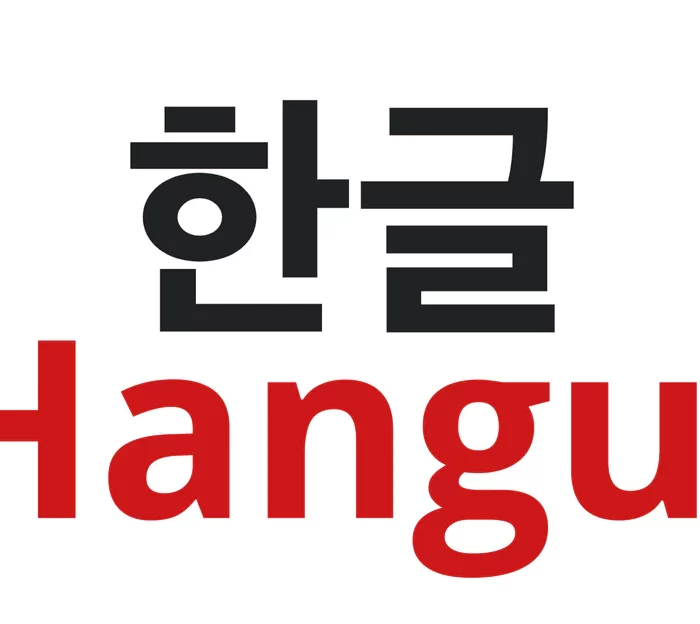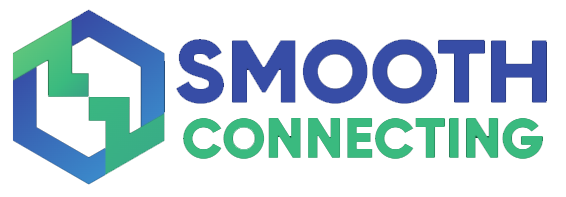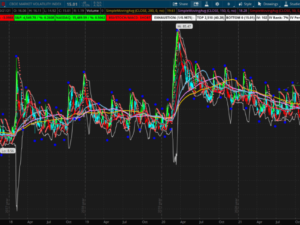
A Quick Guide To Hangul, The Korean Alphabet
Hangul, Korean is one of the most widely spoken languages in the world, with over 75 million native speakers. If you’re interested in learning Korean, one of the first things you’ll need to do is master Hangul, the Korean alphabet. While it may seem daunting at first, Hangul is actually quite easy to learn and can be a gateway to understanding and communicating in this fascinating language.
In this quick guide, we’ll take a closer look at Hangul and what makes it unique compared to other writing systems. We’ll also provide some tips on how to get started with learning Hangul and resources that can help you along the way.
What is Hangul?
Hangul is the Korean alphabet and writing system that was invented in the 15th century by King Sejong of the Joseon Dynasty. It consists of 14 consonants and 10 vowels and can be arranged into syllable blocks that represent a sound. Unlike other Asian scripts such as Chinese or Japanese, which use characters to represent words, Hangul is phonetic and each character represents a sound.
One unique aspect of Hangul is its design. The shapes of the letters are based on the physical position of the mouth when pronouncing each sound. The consonants are made up of vertical lines, horizontal lines, and dots while the vowels have simple curved shapes.
Today, Hangul remains an important part of Korean culture and identity. It has been recognized as a UNESCO World Heritage treasure since 1997 for its scientific excellence in representing spoken language. Learning Hangul is essential for anyone interested in understanding Korean language and culture.
A brief history of Hangul
Hangul is the official alphabet of South Korea and North Korea. It was created in the 15th century during the reign of King Sejong, who wanted a writing system that was easy to learn and use for everyone. Prior to Hangul, Korea used Chinese characters or Hanja as its writing system, which made it difficult for ordinary people to read and write.
Hangul has 24 letters: 14 consonants and 10 vowels. The letters are arranged in blocks of syllables instead of individual letters like in English. This makes it easier to read and write Korean words. The creation of Hangul was an important moment in Korean history because it allowed more people to become literate and helped establish Korean culture as distinct from China.
Today, Hangul is widely used in both North Korea and South Korea as well as by Koreans living abroad. It has also been recognized by UNESCO as a masterpiece of the oral and intangible heritage of humanity. Despite its simple design, Hangul continues to be an essential part of Korean identity and culture.
Features and structure of Hangul
Hangul is the official writing system of Korea, consisting of 24 letters, including 14 consonants and 10 vowels. It was created by King Sejong in the 15th century to increase literacy rates among commoners who couldn’t read Chinese characters. The structure of Hangul is based on combining these letters into syllable blocks that are arranged horizontally from left to right.
Each letter in Hangul represents a specific sound, making it a phonetic alphabet. Consonants are pronounced with accompanying vowel sounds to create syllables. Additionally, each syllable block is composed of one or more consonants followed by one or more vowels. The arrangement of the consonants and vowels within each block follows a strict pattern where the first letter always represents an initial sound while subsequent letters represent medial or final sounds.
Overall, Hangul’s unique features make it easy to learn and use compared to other writing systems like Chinese characters or Japanese kanji. Its simple yet structured design has made it accessible for all Koreans regardless of their social status and educational background.
Pronunciation guide for consonants and vowels
Consonants and vowels are the building blocks of any language, and in Korean, they play a crucial role in communicating effectively. The Korean alphabet, also known as Hangul, consists of 14 consonants and 10 vowels. Understanding how to pronounce these sounds correctly is essential for anyone learning the language.
The consonants in Hangul are divided into three categories: basic consonants, double consonants, and aspirated consonants. Basic consonants include sounds like ‘ㄱ’, which is pronounced like a hard ‘g’ sound, while double consonants such as ‘ㄲ’ indicate a stronger emphasis on the sound (this would be pronounced more like ‘kk’). Aspirated consonants have an added burst of air when pronounced, such as with ‘ㅎ’, which sounds like an ‘h’.
Vowels in Hangul can be either plain or complex. Plain vowels include sounds like ‘ㅏ’, which is pronounced as an “ah” sound similar to the first syllable in “father.” Complex vowels are created by combining two or more vowel symbols. For example, combining ‘ㅗ’ (pronounced “oh”) with ‘ㅣ’ (pronounced “ee”) creates the complex vowel sound of “oi”. By mastering these pronunciation guides for Hangul’s various consonant and vowel combinations will help you speak Korean fluently!
Basic grammar rules
To start learning Hangul, the Korean alphabet, it is important to understand some basic grammar rules. Firstly, Korean sentences typically follow a subject-object-verb (SOV) structure. This means that the subject of the sentence comes first, followed by the object and then the verb. For example, in English we would say “I eat rice” but in Korean, it would be “I rice eat”.
Secondly, Korean has a variety of particles that are added to words to indicate their function within a sentence. These particles such as 은/는 (eun/neun) for topic markers or 이/가 (i/ga) for subject markers can change how a word is interpreted in context. It’s important to learn these particles and their meanings in order to properly construct sentences.
Finally, pronunciation is key when it comes to Hangul grammar. There are several letters and sounds unique to Korean that may be difficult for non-native speakers at first. For example, the letter ㅇ is sometimes silent when used at the beginning of a word but can also make an ‘ng’ sound elsewhere in a word depending on its placement. The proper pronunciation will help ensure clear communication and understanding while speaking or writing in Korean.
Useful resources to learn more about Hangul
Learning Hangul, the Korean alphabet can be challenging for non-native speakers, but there are many resources available to make it easier. One of the most comprehensive online resources is Talk To Me In Korean, which has a variety of free lessons and videos on learning Hangul. It covers everything from basic pronunciation to more advanced grammar rules.
Another useful resource for learning Hangul is Duolingo, a popular language-learning app that offers courses in Korean. The app provides interactive lessons with audio recordings and quizzes to test your understanding of the material. Other apps like Drops and Memrise also offer fun and engaging ways to learn Hangul through gamification.
For those who prefer traditional textbooks, “Korean Made Simple” by Billy Go is an excellent choice. The book aims to teach readers how to read, write and speak in Korean by breaking down complex concepts into simple explanations. With these resources at your disposal, you can master Hangul in no time!
Conclusion: Start learning Hangul today!
To conclude, learning Hangul is an essential step in mastering the Korean language. It may seem daunting at first, but with consistent practice and dedication, anyone can become proficient in reading, writing, and speaking Hangul. Moreover, understanding the alphabet will give learners a significant advantage in comprehending the nuances of Korean pronunciation.
Whether you plan to visit Korea or are interested in Korean culture and entertainment, learning Hangul is a valuable skill that opens up endless opportunities for communication and connection. With so many resources available online and offline, there’s no better time than now to start your journey toward mastering this beautiful script.
In summary, taking the time to learn Hangul today is an investment in yourself that will pay off for years to come. So why wait? Start exploring the world of Hangul today!
Read Also….what-is-semaphore














